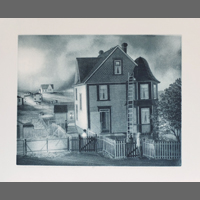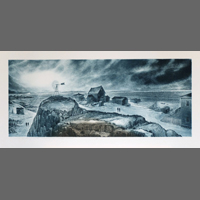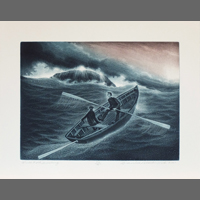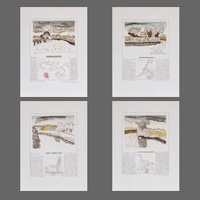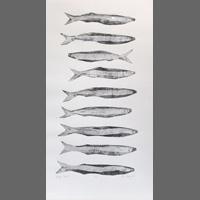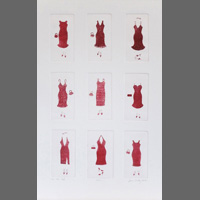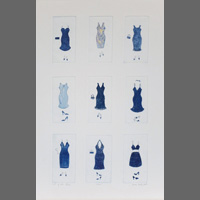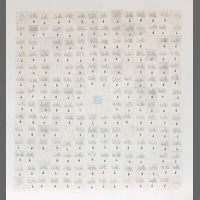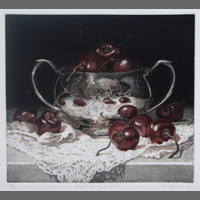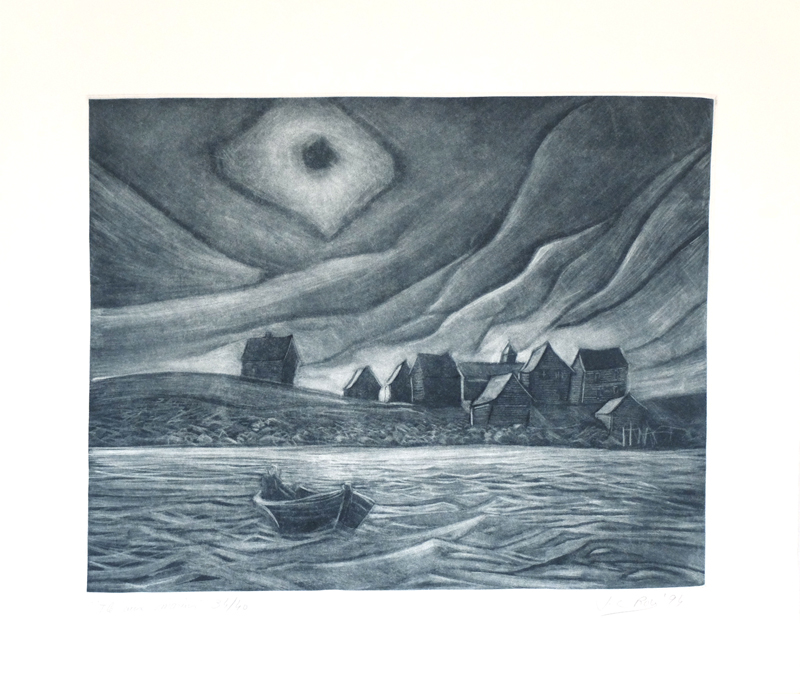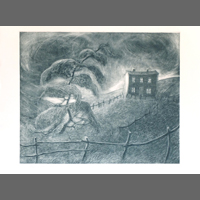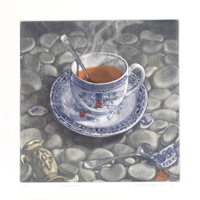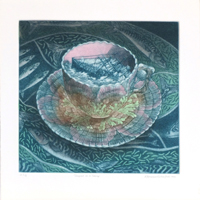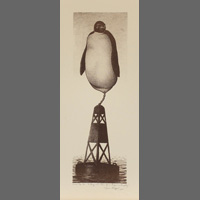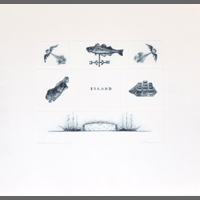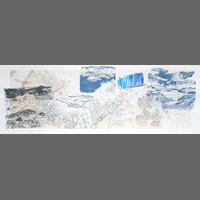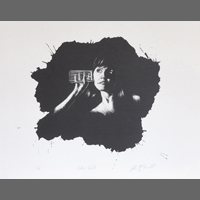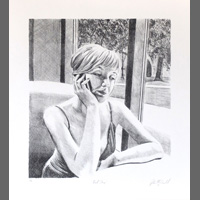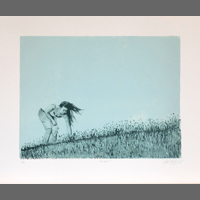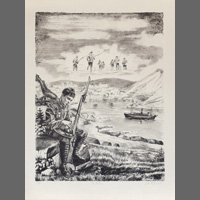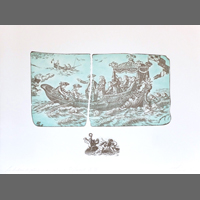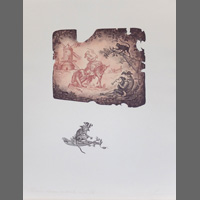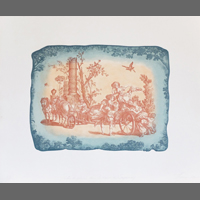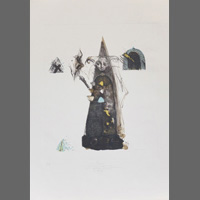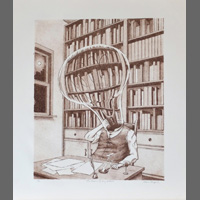ON PAPER
An Online Exhibition
of Unframed Prints
INTAGLIO
Intaglio is an umbrella term for several techniques, including etching, engraving, drypoint, aquatint, and mezzotint. Intaglio comes from the Italian word intagliare, which means to incise. The most common intaglio technique is etching, where the artist scratches an image onto a metal plate covered with wax. This plate is then submerged in acid which eats into the metal exposed by the scratched lines. Ink is then beaten into the incised lines and dampened paper is placed over the plate and run through the printing press. The pressure forces the paper into the etched lines to pick up the ink, printing the image in reverse.
LITHOGRAPHY
Lithography is based on the resistance between grease and water. The artist draws on stone with a greasy substance. The stone is then treated with a chemical solution that ensures the image will attract the printing ink while the blank areas repel the ink and attract water. Ink is applied and sticks only to the greasy drawn sections. Paper is then laid on the stone and run through a printing press to transfer the image. Separate stones are used for complex images of multiple colours.
WOODCUT
Woodcut is the oldest printmaking process. In this technique, the image is sketched on a block of wood before the surface is carved into with gouging tools. The resulting raised areas of the block are then inked using a roller. A sheet of paper is placed on top and pressure is applied, leaving the impression of the raised areas in reverse. Separate blocks are used for each colour.
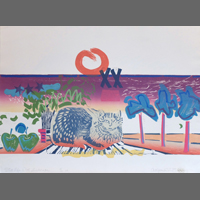
Anne Meredith Barry
Still Life With Landscape
Woodblock, 17 x 30 (V/E 3/10)
SERIGRAPHY
Serigraphy is an artistic form of screen printing or stenciling. In this process, mesh (originally silk) is stretched tightly across a frame. An image is glued or otherwise affixed to the mesh to mask out composition areas. This image can be created by a number of materials, paper, a hardening form of glue, or light-sensitive gelatins for photographic images. Unlike the other techniques, no printing press is used. Instead the ink is pushed through stencil image from above using a rubber blade or squeegee. Separate screens are used for each colour.
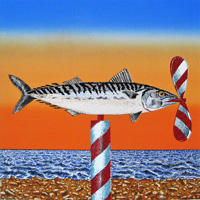 Steven Rhude |
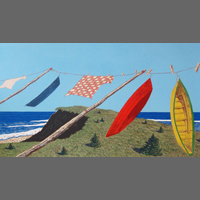 Steven Rhude |
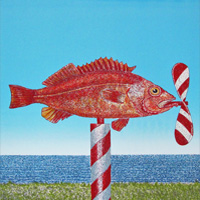 Steven Rhude |
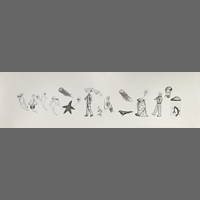 Dave Sheppard |


